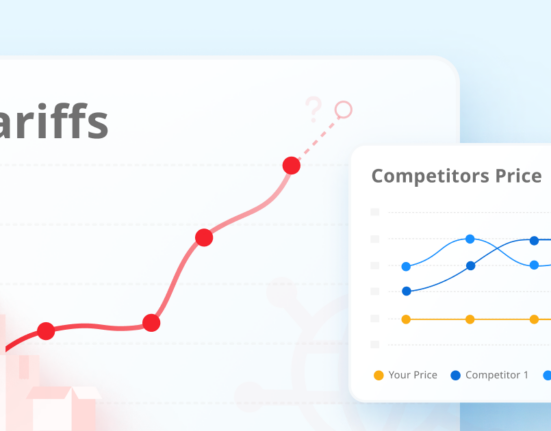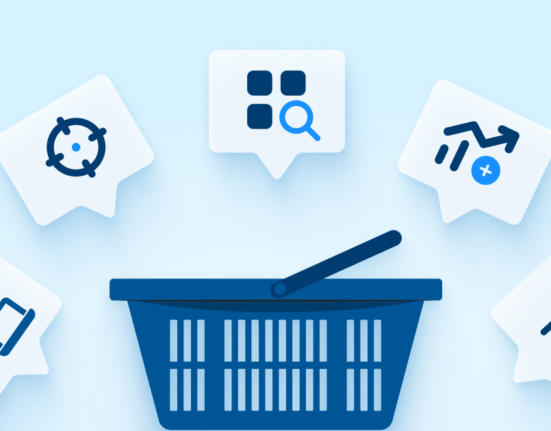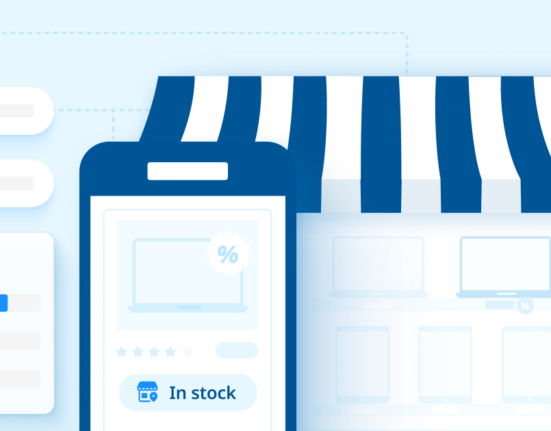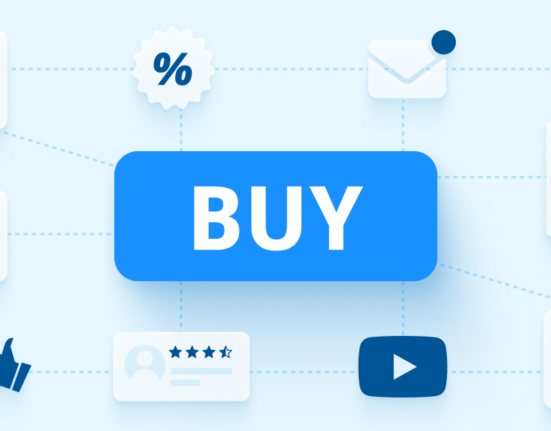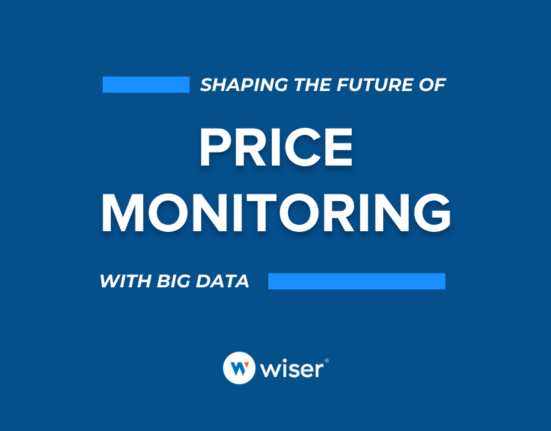There’s how you view your prices, and how your shoppers view them. Like with all things retail, there’s often a discrepancy between your internal perception of your business, especially prices, and what the market sees.
This can create a challenge for brands and retailers. How can you set the right price, at the right time, but also do so in a way that is aligned with public expectations? Too big of a gulf between the two can mean poorer sales, narrower margins, and other headaches.
This is one reason why price image is so important.
Price Image Definition
Price image is defined as the perception of your prices by consumers, relative to the competition. It is not always where your prices fall in reality, but more a psychological understanding of your position in the minds of shoppers. It relates to concepts such as prestige pricing and your brand reputation.
Many factors go into creating a price image, and if you’re not paying attention, sometimes that image may not be what you want—or how you view your own brand. Therefore, it’s a must that you manage your price image alongside your more concrete pricing strategies, as the right price image can be a boon to sales for your business.
Price image is defined as the perception of your prices by consumers, relative to the competition. It is not always where your prices fall in reality, but more a psychological understanding of your position in the minds of shoppers.
How Shoppers Determine a Price Image
Whether they know it or not, shoppers have a price image in mind when thinking about a brand or a store. This fundamental understanding can influence their behavior in many ways, from making the purchase to buying from a competitor to avoiding a store altogether.
Here is how many consumers determine price image:
Prices of Big-Ticket Items
Naturally, the actual prices play a major role. However, big-ticket items may be an outsized factor in price image. This might be because these expensive items are often the most promoted and prevalent items in a store (physical or online). They tend to receive the biggest displays and promotions and are front-and-center in shoppers’ faces. For instance, if the prices on these big-ticket items are in a different world for the shopper—think a Bentley or a Rolls Royce compared to Apple’s newest iPhone—then they’ll be quick to categorize that retailer into a price image of luxury.
Brand Reputation
Another factor that goes into a price image is the reputation of the brand. On a daily basis, this is often related to channels, such as dollar stores, big-box stores, or luxury stores. Shoppers have an internal bias about expected prices when walking into a dollar store vs. high-end fashion designer. Of course, you can control your brand reputation to an extent, and create marketing and sales messaging that aligns with the image you want.
Physical Stores
On a related note, another contributor to price image is the actual physical store, specifically its design, cleanliness, and layout. We notice these factors any time we shop in-person. Walk through a Walmart or a Target, and you have an expectation of what the store will be like. The same goes for a specialty location or a mom-and-pop shop. Beyond the design, store cleanliness plays a big role, whether conscious or not. A dirty store with empty shelves has a certain price image and vice versa.
Discounts and Promotions
Lastly, discounts and promotions affect the perceived price image of a brand or retailer. For example, a store that is constantly marking down its items can establish one image with its customers. A store that never marks down, on the other hand, as a different image. This ties into price-based advertising as well, as promoting prices, sales, and events is communicating a price image to shoppers. Offering a price-match guarantee can also play into the perception of that company.
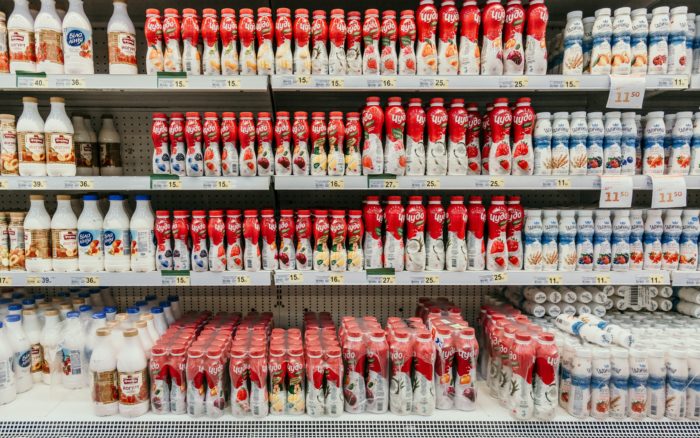
How You Can Control Price Image
Focusing your efforts on the main ways that customers create price images in their heads is a great starting point for building the brand you want. In addition to what’s listed above, here are three other solutions for you to create your desired perception:
No. 1: The Assortment
First up is your assortment. Your assortment must match your brand, whether luxury, discount, or something else. There has to be cohesion between these elements. Assortment will set the tone for your price image moving forward, and other efforts to control it won’t be as successful if the items you sell don’t align.
No. 2: Competitor Prices
Next, you want to keep a very close eye on the competition. Track competitor prices as often as possible to make sure your position in the market matches your brand and your desired price image. Are you priced too high? Too low? Just right? The answers here will help define you in the minds of your customers. Furthermore, competitor prices will guide you as you build your own pricing strategies and reprice with confidence.
No. 3: Reprice Strategically
Speaking of repricing, control your price image by being more strategic about how and when you change prices. Some shoppers might perceive your brand in a certain way if you’re constantly changing prices, with every day bringing a different price tag. There’s value in consistency for some companies, and your strategies need to sync up with your desired image. Again, don’t reprice without taking into account what the competition is doing.
All in all, price image is not a concrete rule. It’s the culmination of many factors that go through a customers’ mind, from your actual prices (obviously) to the store layout to how often you run a promotion. It’s a little bit more art than science, and that can be tricky in the world of pricing. However, pay attention to what makes up a price image, and stay true to your brand, and you’re on your way to creating the image you want.




